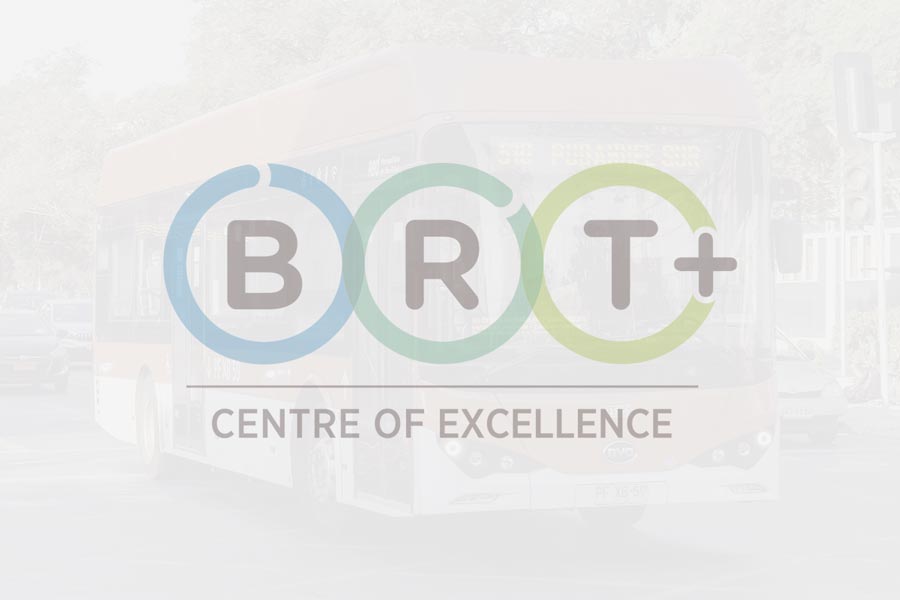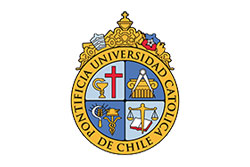Source: Editorial at The Chicago Sun-Times
Chicagoans over the years have concocted one pie-in-the-sky scheme after another to connect the city’s famously unconnected L system.
Snazzy names like the “Circle Line” and the “Central Area Circulator” rolled off officials’ tongues.
Then nothing.
Finally, a plan being released today may break that pattern of dream and bust. For less money and a bigger potential return on investment for city neighborhoods, we’re betting on a nearly 100-mile “Bus Rapid Transit” network proposed by the Metropolitan Planning Council.
In an analysis released Wednesday, the regional planning group envisions 10 dedicated bus lanes that would connect riders to L and Metra trains, speed up existing bus trips, improve transit choices in underserved areas and spur or enhance community development.
Buses traveling in these lanes — on such streets as Western Avenue, Garfield Boulevard and Irving Park Road — would go twice as fast as existing buses, run every 5 to 10 minutes, stop every half mile at pre-pay stations and get traffic signal priority. Any regular bus rider would say hallelujah to that.
But MPC’s plan isn’t only about moving riders more quickly; it’s also about making better neighborhoods. In selecting routes, MPC devised a formula that weighed access, or lack thereof, to retail, jobs, schools and other community anchors, as well as proximity to rail lines and existing travel times and ridership. Dedicated bus lanes can enhance thriving communities and, hopefully, give a boost to areas in need.
Dedicated bus lanes have downsides. Drivers lose a lane on key thoroughfares, invariably decreasing traffic speed. And some business owners will balk as buses speed by without stopping. Long term, these lanes will hopefully help reduce traffic congestion by getting drivers onto buses.
And while far cheaper than adding new rail lines, creating the bus lanes would cost money. The average U.S. per mile cost is $13.3 million, though MPC predicts lower costs given Chicago’s flat landscape.
But the beauty of the MPC’s proposed rapid bus transit system is that one line could be built at a time. That way, individual communities will benefit — and Chicago can test, refine and render a verdict on dedicated lanes.
The CTA already is taking that approach, with work under way on Jeffery Boulevard. The CTA also is planning for a Western Avenue lane and a route from Michigan Avenue to the train stations in the West Loop.
Mayor Rahm Emanuel is a big fan of dedicated bus lanes, committing to them in his transition plan, as is his transportation commissioner and his CTA chief.
It’s time to move beyond pie-in-the-sky and build a better-connected Chicago.
¿Comments? ¿Opinions? ¿Similar News? Send them to us!













